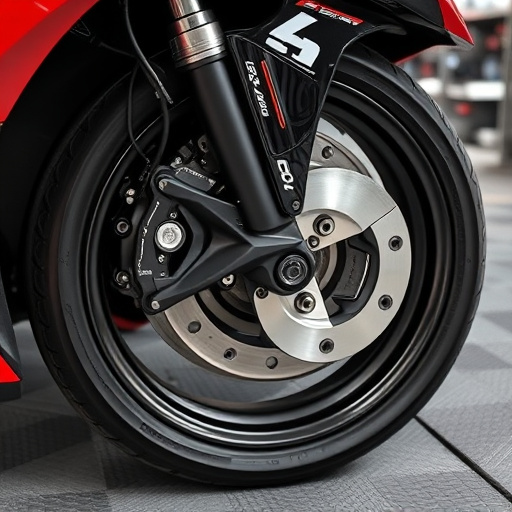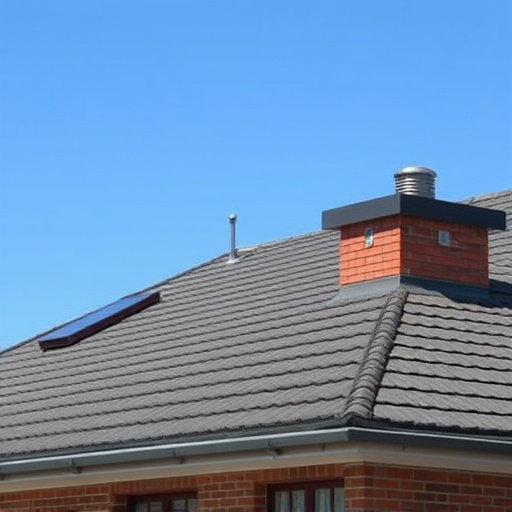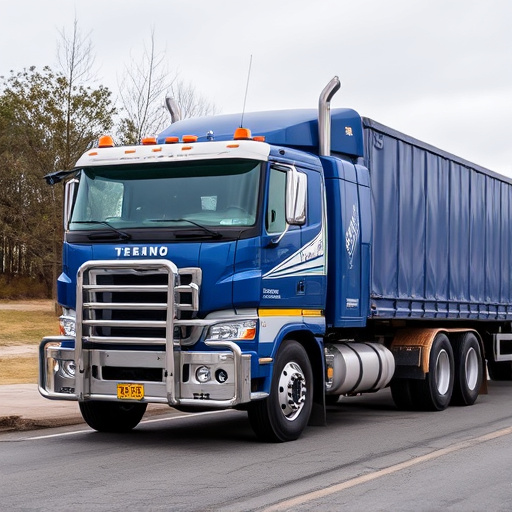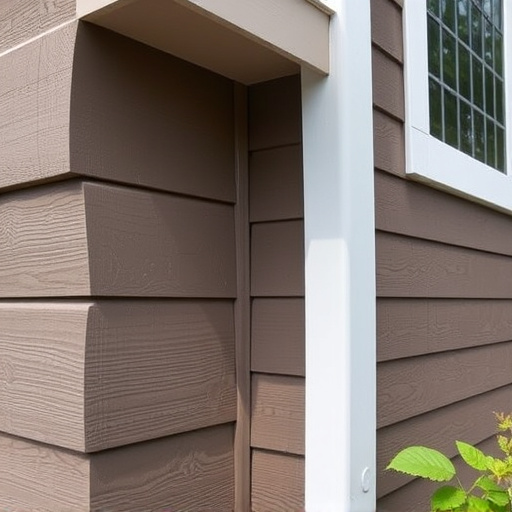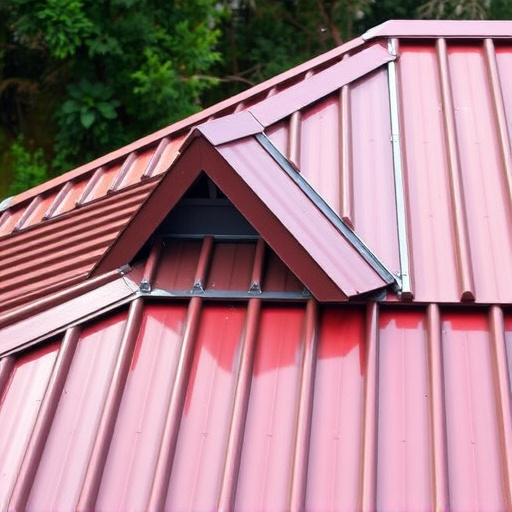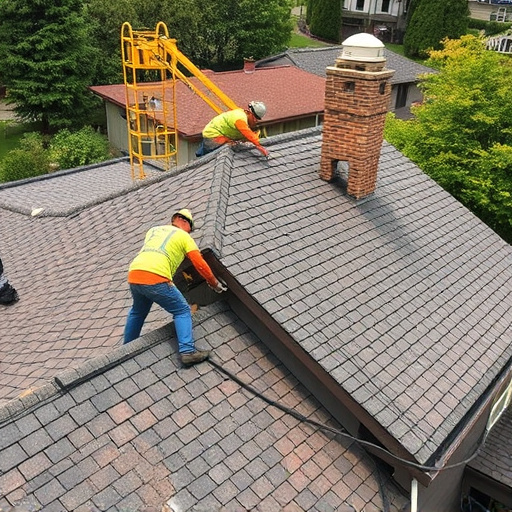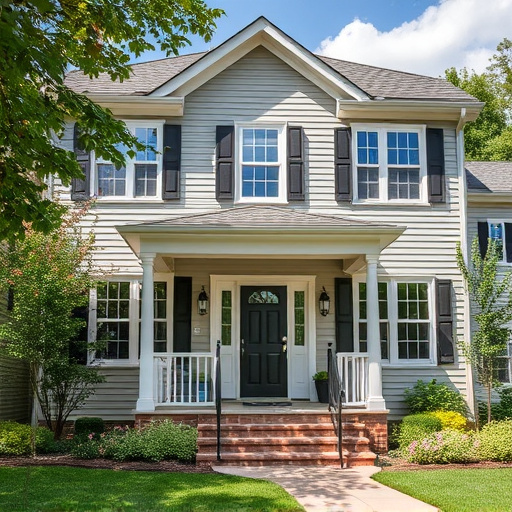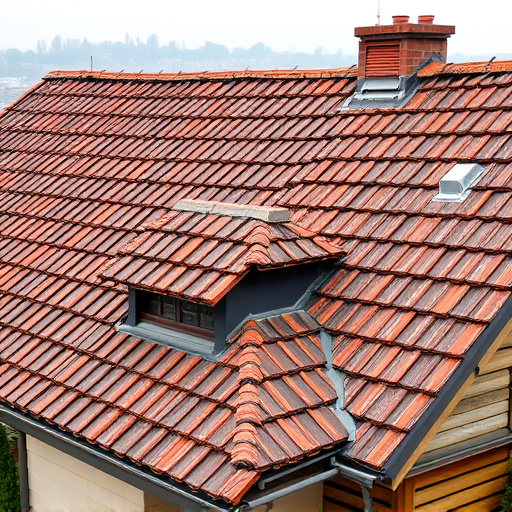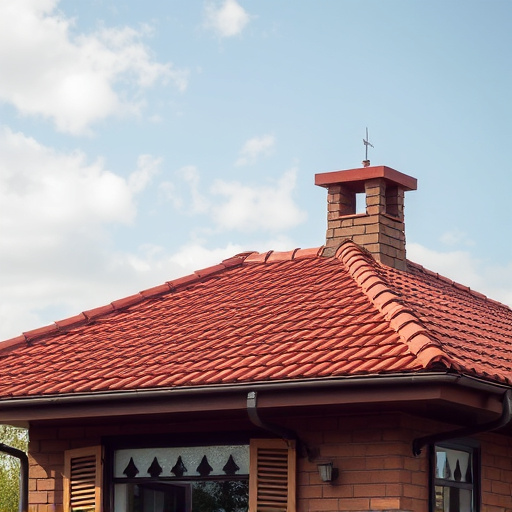By 2025, the commercial siding market is poised for a significant transformation driven by three key trends. There's a growing demand for eco-friendly materials like recycled metal and energy-efficient vinyl, reflecting a shift towards sustainability and long-term cost savings. Smart technologies are being integrated to enhance building security and efficiency, while an increasing emphasis on design and functionality boosts the popularity of versatile materials such as fiber cement and composites. These trends will elevate commercial siding standards, balancing aesthetics, durability, and environmental responsibility.
In the dynamic construction landscape of 2025, commercial siding materials are undergoing a significant evolution. Driven by sustainability concerns and energy efficiency goals, builders and architects are increasingly turning to innovative solutions that balance functionality with aesthetics. This article explores the top commercial siding choices, delving into trends shaping the industry, highlighting sustainable materials like steel, vinyl, and fiber cement, and peering into emerging technologies such as smart siding, advanced coatings, and 3D printing. Discover how these developments are transforming the future of commercial construction.
- Trends Shaping Commercial Siding in 2025
- – Exploring the evolving landscape of commercial siding preferences
- – Sustainability and energy efficiency as key drivers
Trends Shaping Commercial Siding in 2025
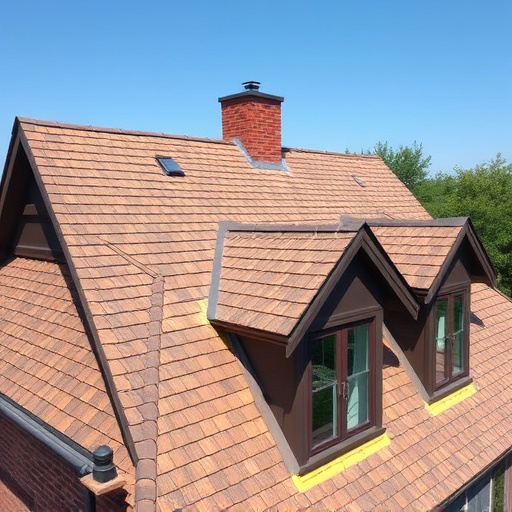
In 2025, several trends are reshaping the landscape of commercial siding, driven by evolving aesthetics, sustainability concerns, and technological advancements. One prominent trend is the increasing demand for eco-friendly materials, with many businesses opting for options like recycled metal or energy-efficient vinyl that not only reduce environmental impact but also offer long-term cost savings. The rise of smart and connected technologies is another significant shift; integrated siding solutions are being developed to enhance building security and efficiency. These innovative materials can monitor environmental conditions, detect potential issues, and even facilitate remote management of roofing and siding, marking a departure from traditional commercial siding practices.
Furthermore, the integration of design and functionality is becoming a key focus, with architects and developers seeking seamless transitions between exterior and interior spaces. This trend is reflected in the choice of materials, where versatile and visually appealing options like fiber cement and composite materials are gaining popularity. As businesses seek home service solutions that balance aesthetics, durability, and sustainability, the demand for high-performance commercial siding will continue to grow, setting new standards for the industry in 2025 and beyond.
– Exploring the evolving landscape of commercial siding preferences
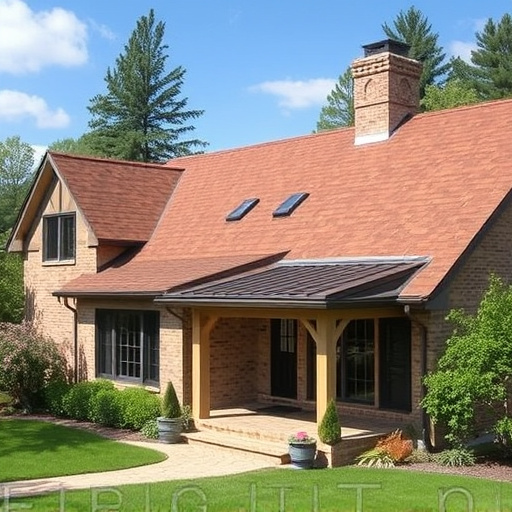
In recent years, the commercial siding market has experienced a noticeable shift as builders and property owners alike seek more sustainable and aesthetically pleasing options for their structures. This evolution in preference is largely driven by advancements in material technology and a growing awareness of environmental impact. As we move towards 2025, the landscape of commercial siding is poised to become even more diverse and innovative.
The demand for low-maintenance, long-lasting materials that can withstand the rigors of commercial settings is on the rise. This trend encourages manufacturers to explore new compositions like high-performance vinyl, fiber cement, and composite materials. These cutting-edge alternatives not only offer superior durability but also mimic the look of traditional materials, such as wood or stone, providing a range of visually appealing options for every budget. Moreover, with an increasing focus on energy efficiency, insulated siding is gaining traction, promising improved building performance and reduced operational costs, which are key considerations in commercial construction projects, often accompanied by the need for roof replacement and siding repairs.
– Sustainability and energy efficiency as key drivers
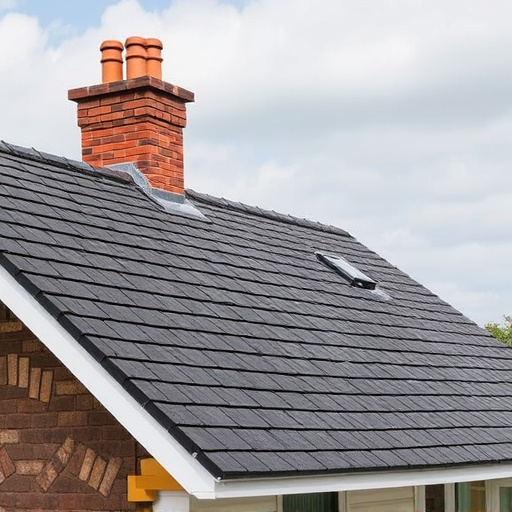
In recent years, sustainability and energy efficiency have emerged as powerful drivers shaping the future of commercial siding. As businesses look to reduce their environmental impact, the demand for eco-friendly materials is on the rise. This shift is not only a response to growing public awareness but also a strategic move to lower operational costs and enhance building performance. Commercial siding manufacturers are leveraging innovative technologies and sustainable resources to meet this demand, offering a wide array of options that combine durability and aesthetics with environmental responsibility.
With an eye towards sustainability, many commercial siding projects now prioritize materials that can be easily recycled or reused, reducing waste and carbon footprints. Additionally, energy-efficient siding solutions play a crucial role in insulating buildings, thereby decreasing heating and cooling costs. As the construction industry continues to evolve, adopting these practices will not only contribute to a greener planet but also provide long-term benefits for businesses through reduced utility expenses and enhanced property values, thanks to improved energy performance—all integral parts of home service solutions and roofing solutions that are shaping the commercial siding landscape in 2025.
As we look ahead to 2025, the commercial siding industry is poised for significant growth, driven by a sustainable future and energy-efficient solutions. The trend towards eco-friendly materials reflects a global shift in building practices, as folks prioritize environmentally conscious choices. In this dynamic landscape, professionals can expect a continued rise in demand for innovative commercial siding options that not only enhance aesthetics but also contribute to reduced carbon footprints.
